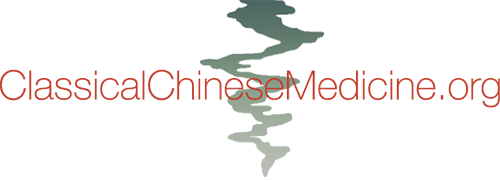Ginkgo: Cultural Background and Medicinal Usage in China
BY SUBHUTI DHARMANDANDA
AND HEINER FRUEHAUF
In the Western hemisphere, the gingko tree has long been a symbol for the exotic atmospheres of East Asia. More recently, German researchers have tapped into the memory enhancing effect of the gingko leaf, triggering an avalanche of books and articles on the medicinal properties of the gingko. As the Western public becomes increasingly exposed to various gingko products, I would like to take the opportunity and reflect on the rich cultural lore and early medicinal usage that characterize this plant in its country of origin, China.
